The Story of a Cat Who Survived Thrombosis
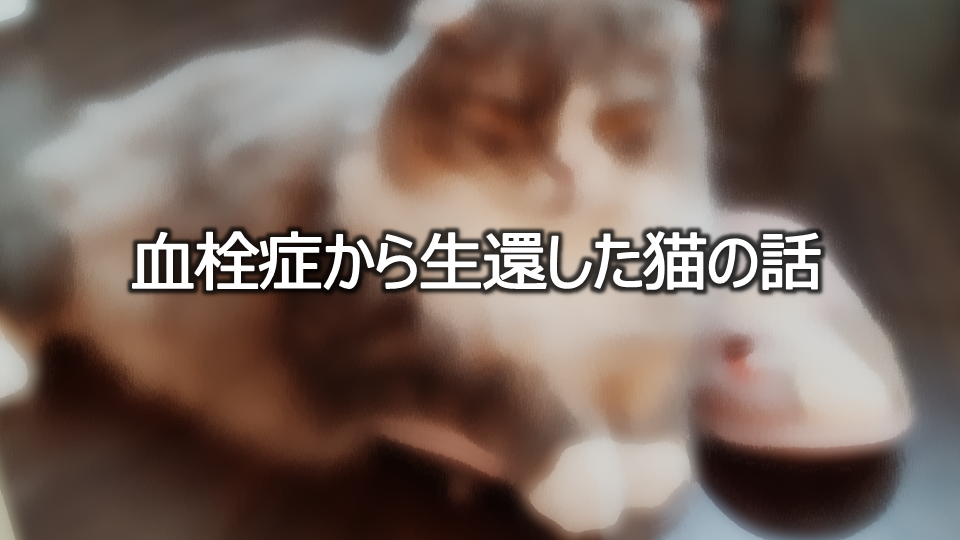
I usually write articles about 3DCG (such as Blender, Unreal Engine) and custom PCs, but this time, for a particular reason, I’m writing an article about a cat.
- 1. Introduction
- 2. Hypertrophic Cardiomyopathy and Thrombosis in Cats
- 3. Our Cat’s Case – Before Onset
- 4. Onset of Symptoms
- 5. Initial Treatment at the Animal Medical Center
- 6. Hospitalization and Treatment with Thrombolytics
- 7. Two Days After Treatment Began
- 8. Post-Discharge Progress and Prescribed Medication
- 9. Conclusion
Introduction
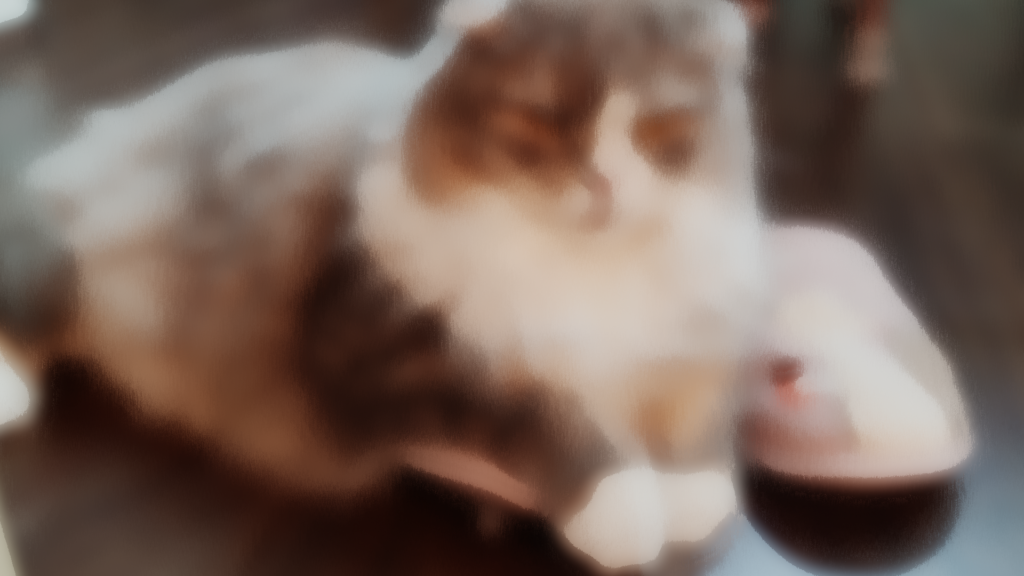
Recently, my cat (a 9-year-old male Scottish Fold) developed thrombosis (arterial thromboembolism) and pulmonary edema due to hypertrophic cardiomyopathy. As a result, both of his legs stopped moving temporarily.
After an emergency treatment at a nighttime clinic one hour later, and further examination and hospitalization at our regular vet’s clinic six hours later, he received thrombolytic treatment. Within two days, he was able to stand, and after four days, he was discharged.
Thrombosis is a life-threatening and challenging disease, but if treated quickly by taking your cat to the hospital, there is a chance of saving them. With the hope that as many cats and their owners as possible can benefit from this knowledge, I wrote this article.
Note: This article is written from a pet owner’s perspective, based on the symptoms, progress, and the treatment prescribed by my vet for my cat. For specific information on feline thrombosis symptoms and treatment, please consult a veterinarian or refer to specialized literature.
AD
Hypertrophic Cardiomyopathy and Thrombosis in Cats
Feline thrombosis is a condition that is often caused by hypertrophic cardiomyopathy.
Hypertrophic cardiomyopathy is especially common in purebred cats, and it is known to be a genetic disease that manifests in families, such as in Maine Coons, Ragdolls, and American Shorthairs (according to an article by “Daktari Animal Hospital“).
When a cat develops hypertrophic cardiomyopathy, the heart muscle thickens, and the left ventricle narrows, impairing its ability to pump blood effectively (according to an article by “Sagamihara Cat Hospital“).
What follows from hypertrophic cardiomyopathy is thrombosis (arterial thromboembolism). Blood flow reverses in the left atrium, and a clot formed within the heart detaches and blocks the blood vessels. The most common locations for this blockage are at the groin areas of the hind legs (according to an article by “Suginami Animal Circulatory Clinic“).
Thrombosis is a difficult condition to treat, and when it occurs in both legs, the prognosis is poor, with survival rates reported to be around 30-40% (according to an article by “Otsuka Station Animal Hospital“).
After recovery, there is a high recurrence rate, so preventive medication is necessary to avoid further clot formation. Even if the cat survives, there may be cases where the legs become necrotic, requiring amputation (according to an article by “Suginami Animal Circulatory Clinic“).
Our Cat’s Case – Before Onset
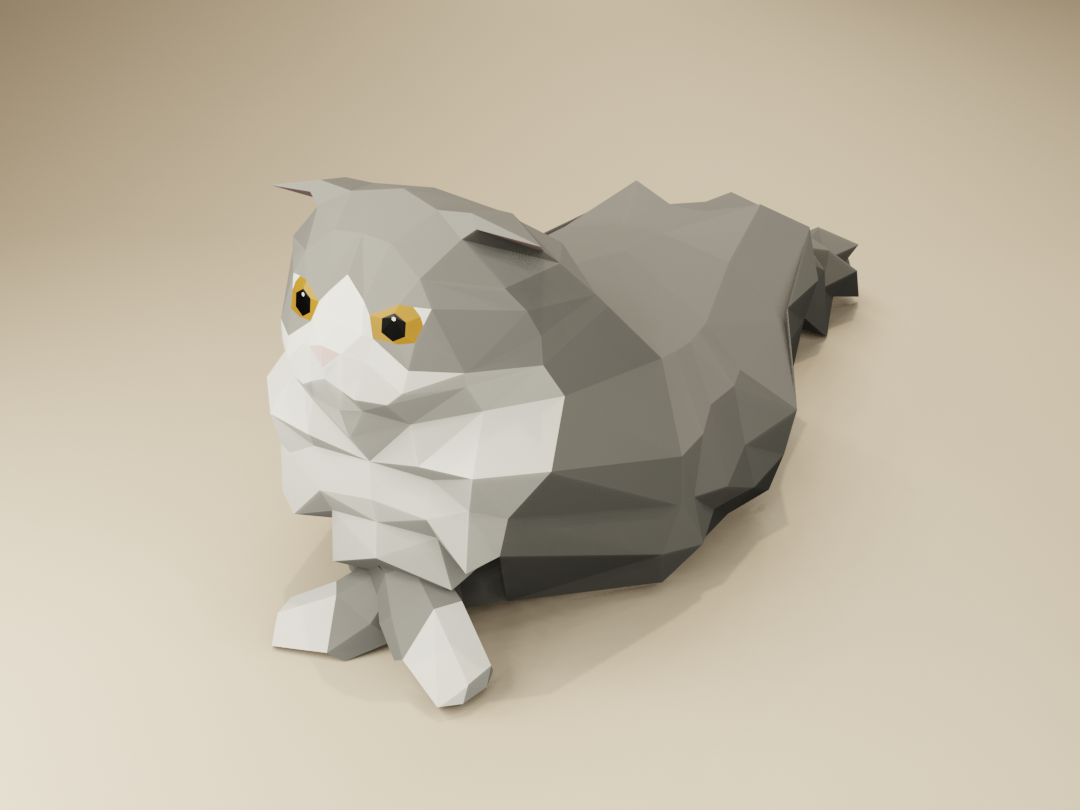
Our cat is a 9-year-old male Scottish Fold.
About three years ago, during a chest X-ray, he was diagnosed with a suspected heart disease (cardiomyopathy), and he has been continuously prescribed medication since then.
He had been taking medication to lower his heart rate and vasodilators (I didn’t record the medication names), but during a health check-up at the end of April this year, the worsening of his heart disease was confirmed. As a result, his vasodilator medication was changed to amlodipine, and a diuretic (spironolactone) was added to his treatment.
Onset of Symptoms
I was suddenly woken up by our cat’s cries just after 3 AM on a Saturday.
At first, I thought he was just being affectionate, so I tried to calm him by petting him and went back to sleep. However, he was crying in a distressed way, which made me realize something was wrong.
His cries sounded similar to the “ugh~” noise he made a few days earlier before vomiting up a hairball, so I gently spoke to him, asking if he was okay, and began petting his back for a while. But his breathing was about twice as fast and shallow as usual, which made me worried.
After a short while, my wife, who had sensed something was wrong, woke up. When she touched his back leg, which he normally wouldn’t tolerate, she noticed that his left leg was completely unresponsive and cold.
Later, the cat tried to stand up, but he couldn’t put any weight on his left leg, and his right leg was also weak, causing him to drag himself along. I confirmed online that these were typical symptoms of a thromboembolism, and I quickly decided to take him to the hospital.
I first called our regular veterinary clinic, but since it was late at night, there was no answer.
Luckily, I was able to reach an animal medical center located about 30-40 minutes away by car. Since the cat had been treated there for a different illness a few years ago, they agreed to take him in.
Initial Treatment at the Animal Medical Center
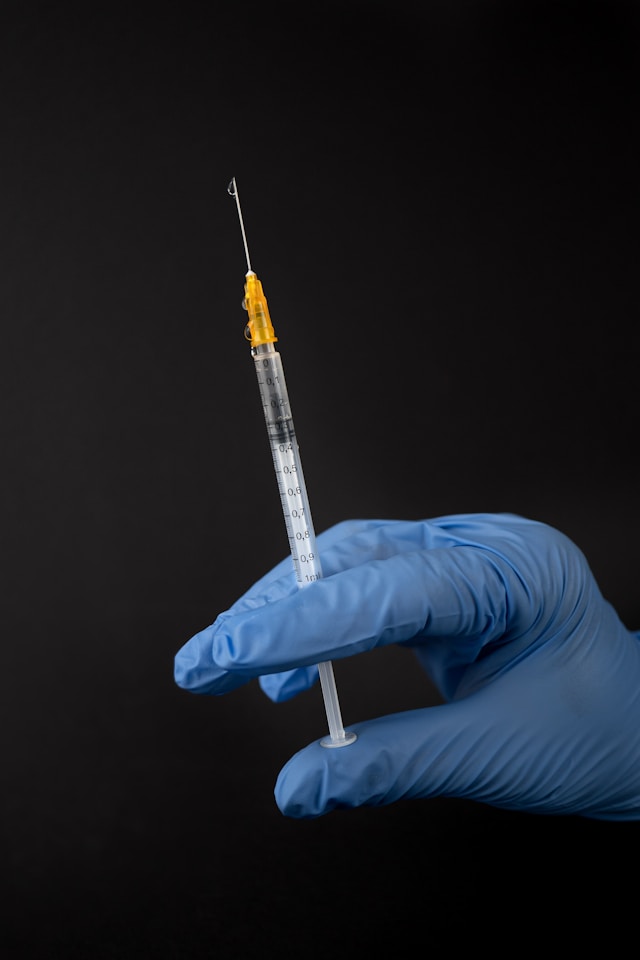
After we arrived at the animal medical center, our cat underwent X-rays and an ultrasound.
The results from the X-ray showed not only thromboembolism but also pulmonary edema. As a result, the decision was made to begin treatment through injections.
While waiting in the waiting room, I searched online for information about thromboembolism. I learned that thromboembolism is an extremely serious condition for cats, with a very poor prognosis, and I prepared myself for the possibility of having to say goodbye.
At the animal medical center, the following injections were administered:
- Antithrombotic drugs
- Antihypertensive medication
- Vasodilators
- Diuretics
I was then asked if I wanted to admit the cat for treatment with thrombolytic drugs at the medical center, but since the same treatment could be done at our regular veterinary clinic nearby, I decided to call the clinic first thing in the morning to consult with them.
Since it was after-hours, the examination and treatment cost about 34,000 yen.
By the time we got home, I realized that the diuretic had caused the cat to have an accident in his cage.
AD
Hospitalization and Treatment with Thrombolytics
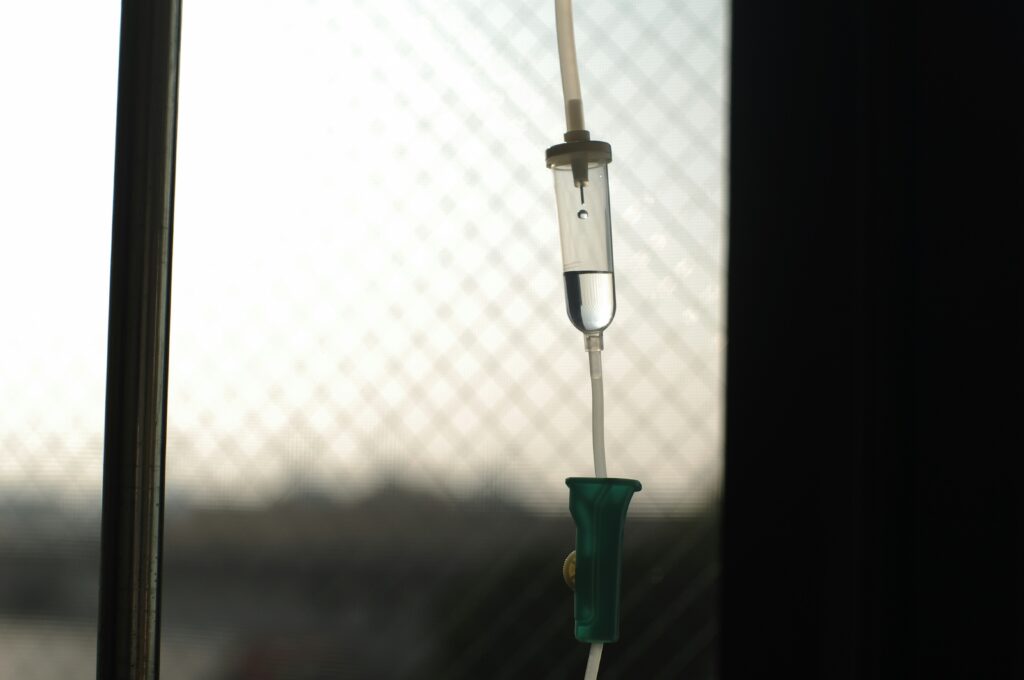
After returning home, our cat tried to go to the litter box on his own, but his back legs still weren’t moving, and he curled up in the litter box.
Around 8 AM, I was able to get through to our regular veterinary clinic and explained the situation. By about 8:30, I brought him to the clinic.
I submitted the memo from the emergency vet and explained the cat’s condition and the initial treatment.
At the clinic, he underwent X-rays and an ultrasound again. The pulmonary edema had improved thanks to the injections at the emergency center, but the ultrasound still showed that the blood flow to his legs was stopped.
The vet presented several treatment options. The first was surgical thrombectomy, but this would require a referral to a larger hospital farther away, and I felt this would be too much of a burden on the cat, so we ruled it out.
The next option was treatment with thrombolytic drugs and antithrombotic medication. The thrombolytic therapy would require about a week of hospitalization, and the total cost for this, including the hospitalization, was estimated to be around 200,000 yen.
After considering the options, I chose the treatment with thrombolytics and antithrombotic medication, as it seemed to have the highest chance of saving him.
The vet explained that the thrombolytic drugs would be administered over several days. However, the doctor was honest with us and explained that there was still a chance the treatment might not save him.
Two Days After Treatment Began
For the two days after treatment began, we didn’t receive any updates from the hospital, and we spent our time in the quiet house, feeling worried and exhausted without our cat.
During this time, we researched about cremating the cat, and also looked into diapers and litter solutions in case there were any lasting aftereffects.
On Monday morning, I called the hospital to inquire about his condition.
To our surprise, they told us that the cat was able to stand on his own and was eating well.
This news brought us some relief, but we still couldn’t completely shake our concerns.
In the evening, we went to visit the cat at the hospital, and his paw pads had turned pink again, and he was walking on his own legs.
However, there was still a risk of “reperfusion injury," where the return of blood to previously blocked blood vessels could flush out harmful waste products that had accumulated and cause organ damage. For this reason, the doctors decided to keep him hospitalized for observation until Wednesday afternoon.
When we visited again on Wednesday afternoon, thankfully, he was recovering well, and we were able to bring him home.
We are so grateful to the veterinarians at the emergency medical center and our regular clinic for their prompt treatment, to my wife for her continuous encouragement, and most of all to our cat, who endured the five days of hospitalization.
Post-Discharge Progress and Prescribed Medication

On the way home from the hospital, our cat cried out quite intensely, possibly anxious about being taken to another hospital. However, once we arrived back home, he seemed to relax and feel more at ease.
On the first day back, I was concerned when I noticed him occasionally moving his left leg in a way that seemed like it was slipping, wondering if it was a residual effect from the blood clot. However, after some rehabilitation (patrolling around the house), his movements returned to normal by the second day.
The doctors also recommended that I keep his legs moving (within a range that wouldn’t stress his heart) and perform massages to improve circulation.
As for the hospital treatment costs, the total, including examination fees and hospitalization, came close to 200,000 yen.
To prevent a recurrence of the blood clot, he was prescribed additional anti-thrombotic medication. He now takes the following five medications regularly:
- Clopidogrel (Antiplatelet drug)
- Atenolol (Blood pressure lowering drug)
- Benazepril (Blood pressure lowering drug)
- Pimobendan (Heart failure treatment drug)
- Furosemide (Diuretic)
The cost of the medications is about 22,000 yen per month, which is quite expensive. To continue living with our cat, I plan to work on saving money through both my job and household budgeting.😅
AD
Conclusion
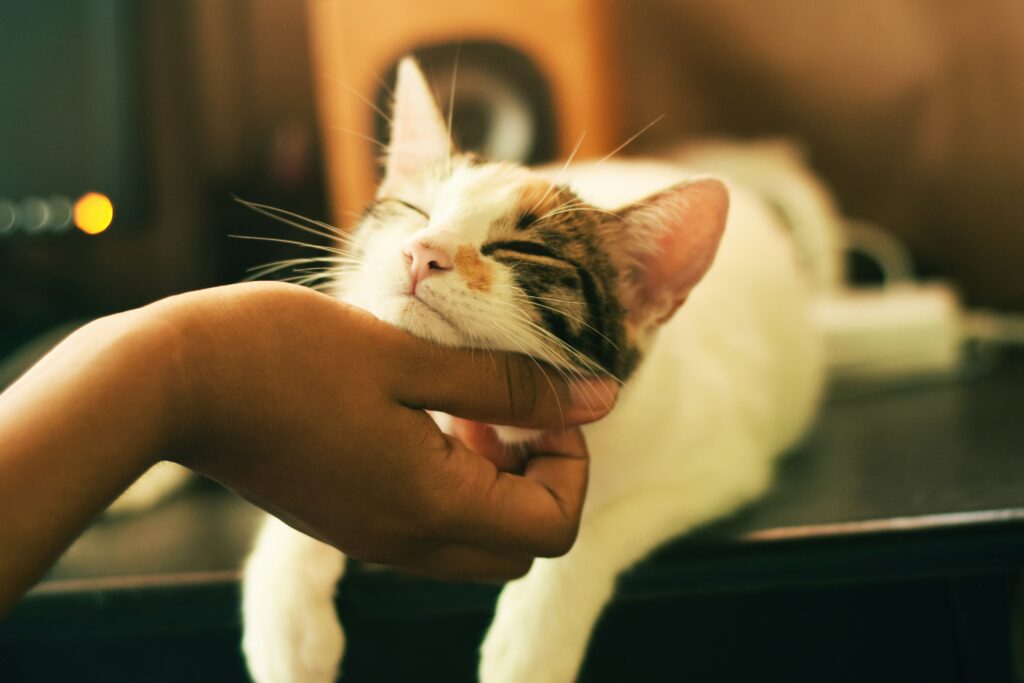
Fortunately, our cat was able to survive the deadly blood clot and make a full recovery.
Through this experience, I have reemphasized the importance of health management and reaffirmed my determination to cherish the time we have with our cat.
For those who have cats, I hope you recognize that “while blood clots are difficult to treat, there is a possibility of recovery." To increase the chances of survival, I recommend taking the following preventive measures and actions:
- Get an annual health check-up to diagnose hypertrophic cardiomyopathy early.
- Be aware of emergency veterinarians who are available during nights and weekends (ideally, have a few options).
- Build strong communication with your cat and regularly observe their condition to notice any abnormalities.
Thanks to my wife constantly talking to him, our cat turned out to be quite talkative.
[January 13, 2025 Update]
Over half a year has passed, and fortunately, there have been no recurrences so far. Our cat is still doing well, and he’s living happily just like before the blood clot episode.
[May 31, 2025 Update]
It’s been nearly a year since the previous thrombosis episode, but unfortunately, it recurred in late May.
Just like last time, our cat was dragging both hind legs and crying out in pain.
Fortunately, the episode occurred during the day while my wife and I were at home, so we were able to take him to the animal hospital within an hour. After five days of inpatient treatment, he was discharged.
He still has some paralysis in his legs and walks awkwardly, but he seems to be gradually recovering day by day.
According to the X-ray results, in addition to the previously diagnosed hypertrophic cardiomyopathy, there is a possibility that he has also developed dilated cardiomyopathy. It appears that the formation of the blood clot was due to a decline in the heart’s pumping function.
He has been prescribed additional medications, including taurine and blood clot prevention drugs, and we will be monitoring his condition going forward.
Unfortunately, cardiomyopathy is an incurable disease, so we don’t know how much longer our cat will be with us, but he seems to have a strong will to live.
We plan to continue his treatment and cherish our time together.
AD

